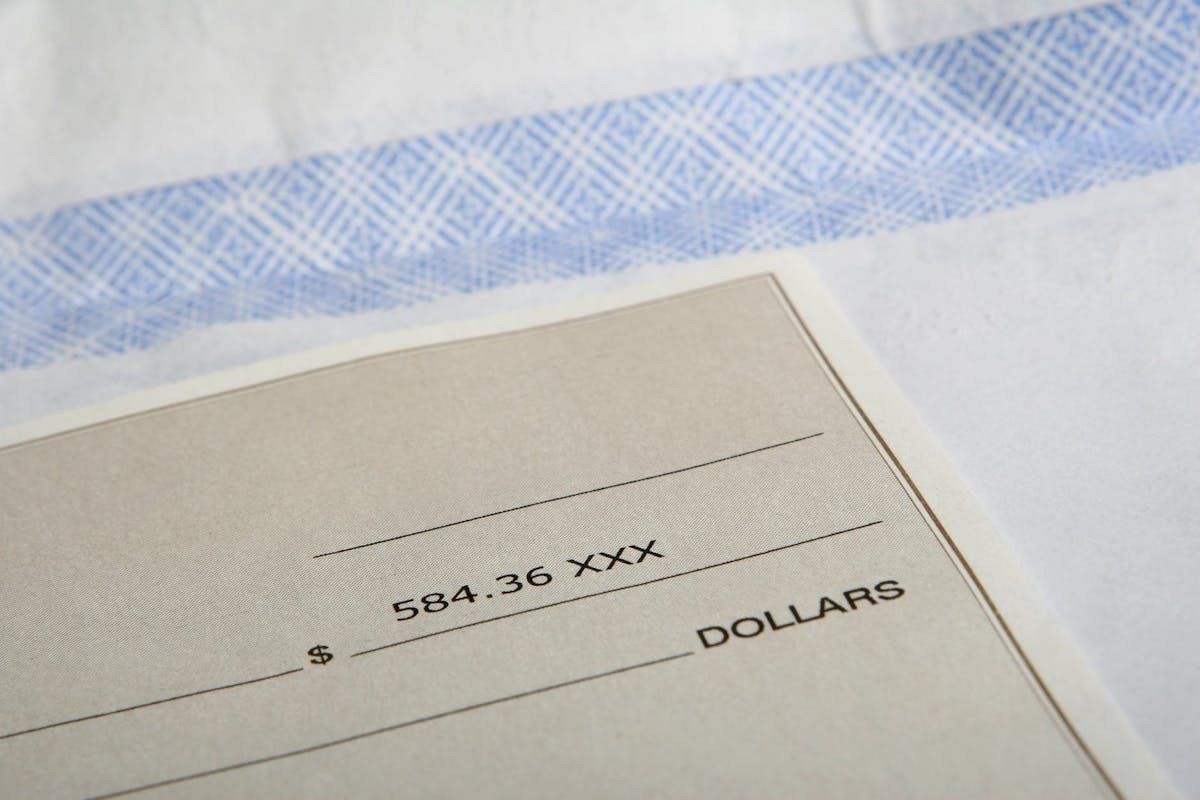5 Common ACA Reporting Errors
Points North • May 14, 2019

Even though ACA reporting has been around for several years now, it’s still very common for mistakes to be made when completing the process. Here are 5 common ACA reporting errors that you should try to avoid:
2. Using Invalid Indicator Code Combinations
Part II (Lines 14-16) of the 1095-C provides information by month about the type of coverage that was offered to an employee as well as to whom it was offered, the cost to the employee for employee-only coverage, and any safe harbors or other relief that the employer reports. These lines are completed using a complex combination of indicator codes. These codes are required to be used in combination with not only each other, but also the employee’s full-time ACA status for each month and, in some cases, for the entire year. There are currently 90 possible indicator code combinations for Lines 14 and 16, with just over half them being valid combinations. For example, a code combination of 1H and 2C would be entirely invalid as 1H indicates that no offer of coverage was made, yet 2C indicates than an employee enrolled in coverage. Not having a solid understanding of the indicator codes and how they interact with each other can lead to creating erroneous forms, which can lead to increased scrutiny and potential penalties from the IRS.
3. Incorrectly Reporting Employees Who Work in Multiple Locations
Employers are required to complete a 1095-C form for any employee that was considered full-time for any part of a calendar year. However, if an employee is working for two separate employers that are part of an Aggregated ALE Group (a group of ALE members that are treated as a single employer under sections 414(b), 414(c), 414(m), or 414(o) of the IRS code), then that employee’s hours must be aggregated to determine whether they were full-time. Furthermore, the employers that share the employee need to communicate with each other to determine which of them will report on that employee each month, as the employee should only be considered a full-time employee for the employer that they worked the greatest number of hours for during a month. Having an understanding of shared employees within an Aggregated ALE Group can help to make sure that filing mistakes for those employees are avoid.
4. Missing or incorrect employee addresses
Employers will often furnish 1095-C forms to employees via the mail and only discover that they are missing addresses for their employees once the mailing deadline is upon them. It can also be the case that a mass mailing will take place, only to have forms returned to the sender due to incorrect mailing addresses. Taking time to review for any missing addresses as well as to verify the ones that you do have on file can pay off prior to the form furnishing deadline.
5. Incorrect EINs and Legal Names
When your 1094-C/1095-C forms get filed with the IRS, one of the most common problems is a mismatch between the EIN and/or legal name that you submitted and what the IRS has on file. Making sure that you review the EINs and legal names that you plan to submit for misspellings, improper characters, etc., is usually time well spent when it comes to avoiding errors.
1. Improperly Classifying Employees
Classifying your employees as full-time, part-time, seasonal, and variable hour is critical to ensuring that they have the proper ACA statuses calculated for them based on the rules and regulations. For example, an employee who is hired and reasonably expected to work 30 or more hours every week must be classified as full-time for ACA purposes. While you may be used to using 40 or more hours a week as a minimum for considering an employee as full-time, the ACA standard is 30. Understanding and adhering to these classifications will help to ensure that you don’t missing offering someone coverage and submitting a form for them.2. Using Invalid Indicator Code Combinations
Part II (Lines 14-16) of the 1095-C provides information by month about the type of coverage that was offered to an employee as well as to whom it was offered, the cost to the employee for employee-only coverage, and any safe harbors or other relief that the employer reports. These lines are completed using a complex combination of indicator codes. These codes are required to be used in combination with not only each other, but also the employee’s full-time ACA status for each month and, in some cases, for the entire year. There are currently 90 possible indicator code combinations for Lines 14 and 16, with just over half them being valid combinations. For example, a code combination of 1H and 2C would be entirely invalid as 1H indicates that no offer of coverage was made, yet 2C indicates than an employee enrolled in coverage. Not having a solid understanding of the indicator codes and how they interact with each other can lead to creating erroneous forms, which can lead to increased scrutiny and potential penalties from the IRS.
3. Incorrectly Reporting Employees Who Work in Multiple Locations
Employers are required to complete a 1095-C form for any employee that was considered full-time for any part of a calendar year. However, if an employee is working for two separate employers that are part of an Aggregated ALE Group (a group of ALE members that are treated as a single employer under sections 414(b), 414(c), 414(m), or 414(o) of the IRS code), then that employee’s hours must be aggregated to determine whether they were full-time. Furthermore, the employers that share the employee need to communicate with each other to determine which of them will report on that employee each month, as the employee should only be considered a full-time employee for the employer that they worked the greatest number of hours for during a month. Having an understanding of shared employees within an Aggregated ALE Group can help to make sure that filing mistakes for those employees are avoid.
4. Missing or incorrect employee addresses
Employers will often furnish 1095-C forms to employees via the mail and only discover that they are missing addresses for their employees once the mailing deadline is upon them. It can also be the case that a mass mailing will take place, only to have forms returned to the sender due to incorrect mailing addresses. Taking time to review for any missing addresses as well as to verify the ones that you do have on file can pay off prior to the form furnishing deadline.
5. Incorrect EINs and Legal Names
When your 1094-C/1095-C forms get filed with the IRS, one of the most common problems is a mismatch between the EIN and/or legal name that you submitted and what the IRS has on file. Making sure that you review the EINs and legal names that you plan to submit for misspellings, improper characters, etc., is usually time well spent when it comes to avoiding errors.
Disclaimer: The information provided within is for general informational purposes only. It does not necessarily address all of your specific questions or issues. It should not be construed as, nor is it intended to provide, legal advice. Questions regarding specific issues and application of these rules to your 1095-C reporting should be addressed by your legal counsel.

Once employers have familiarized themselves with the ACA obligations, they should also know of the penalties associated with non-compliance. Identifying and paying for full-time employees is fairly easy because of the straightforward details of their job but for variable hour employees’, it is not as simple. Some organizations make use of the ‘limiting’ strategy to manage such schedules but this strategy as its own set of problems. Problems such as workforce scheduling and variable labor requirements are factors that make this strategy impracticable. We’ve combined some of the best ways to ensure ACA compliance in this article and examined how ‘guidance’ can help you limit penalties.

The new year brings new policies and regulations, so it's important to do a comprehensive review and update of your legal and HR compliance to make sure that you're on top of any new laws and regulations. Begin 2020 on the right foot, with the knowledge you'll need to answer any questions from corporate leadership, supervisors, and employees. Here's what you need to know.

As the fiscal year closes the employers have many queries regarding the status of the Affordable Care Act (ACA) Reporting. It is questioned every time the tax filing season looms. The answer to all these queries is that Yes! ACA is still the law and employers who tend to ignore their obligations towards ACA reporting can face some heavy penalties.

It is important to choose a reliable and secure data aggregation solution which provides you with the best data. If you manage to get financial data which is cleaned and enriched then you can make accurate assessments of the financial situation of your customers. Following are some of the things which you should look for while choosing a solution to data aggregation.

Due to the complexity of the process, utilizing a reputable software vendor to file your 1094/1095 data electronically with the IRS is considered to be a best practice. One reason for this is that if it turns out that there’s a problem with some of your ACA data, the IRS doesn’t necessarily make it easy to figure out what went wrong.






